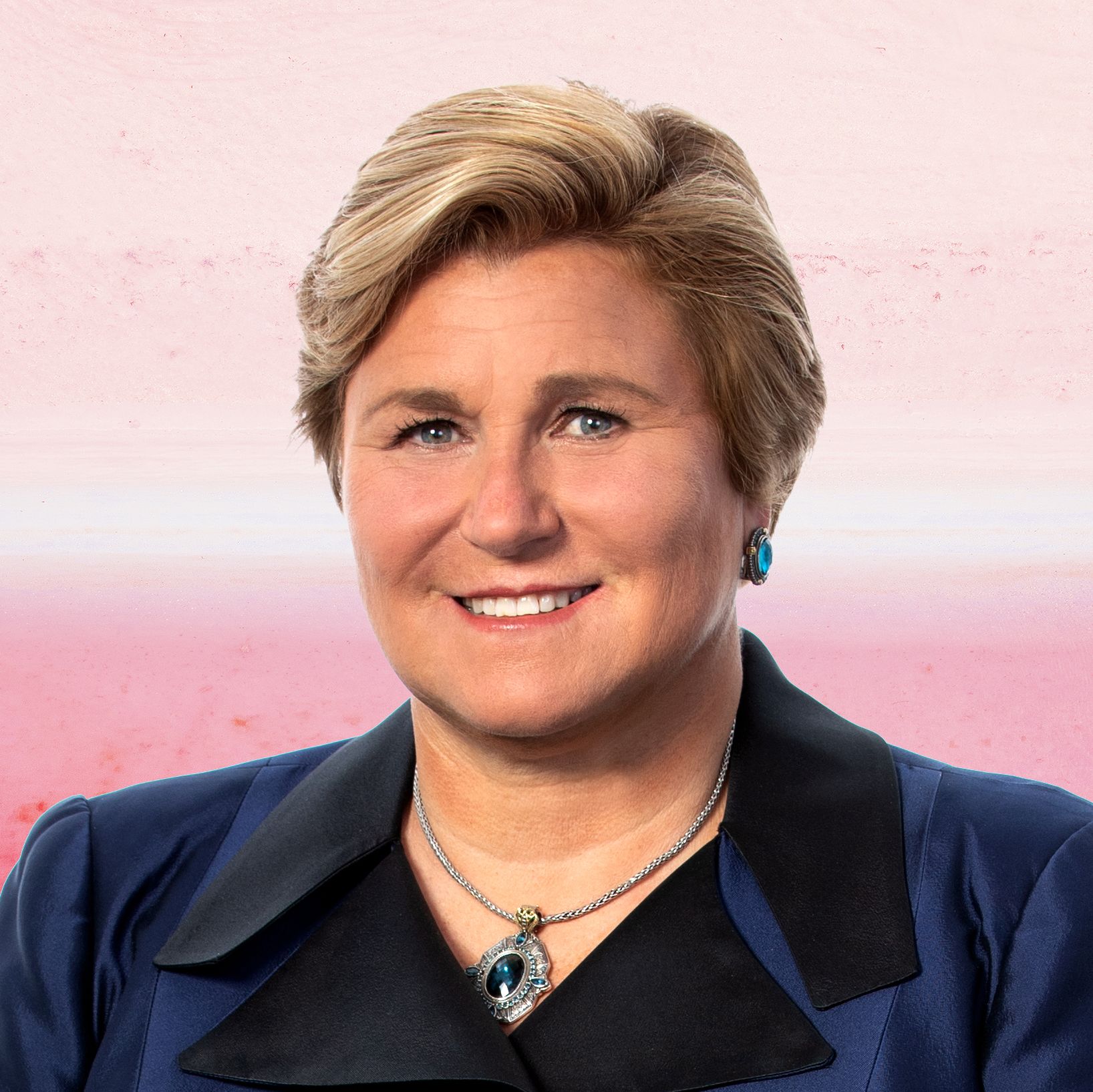A SEAT AT THE TABLE
"Women belong in all the places that decisions are being made"
- Ruth Bader Ginsburg

KAMALA HARRIS
(VICE PRESIDENT USA, 2020)
- In 2002 Kamala Harris become the first person to be appointed the District Attorney of San Francisco.
- She then went to become the attorney general of California by 2010.
- She was elected as a US senator in 2016.[1]
- Her work on minimum wage, protection of women, and reproductive rights is commendable.
SAFRA CATZ
(CEO , ORACLE)
- She also holds the role of CFO for Oracle.
- She previously held positions as a Director of PeopleSoft Inc., in December 2004 and Stellent Inc. in 2006.[2]
- Her work has helped Oracle make great strides towards wage equality and women in representation in leadership roles
MALALA YOUSEFZAI
(NOBLE PEACE PRICE WINNER,2014)
- In 2013, Yousafzai started the Malala Fund, this fund was focused on providing girls around the world with high-quality and affordable education.
- In 2015, Yousafzai opened a school for Syrian refugee girls based in Lebanon and continued her focus on education.[3]
- Her contribution to the field of awareness for women's rights, education, and equality in developing nations have set a new benchmark for women in the social sector.
GAIL K. BOUDREAUX
(CEO, ANTHEM)
- Gail previously served as the CEO of United Healthcare. She was responsible for running the largest business division with over 60 thousand employees.
- She also previously served as a Vice president for Healthcare Service Corporation and the President of BCBS.[4]
- Her work to improve women's participation in leadership positions and reduce healthcare disparities is exemplary.

Photo by Mehmet Turgut Kirkgoz on Unsplash
Photo by Mehmet Turgut Kirkgoz on Unsplash
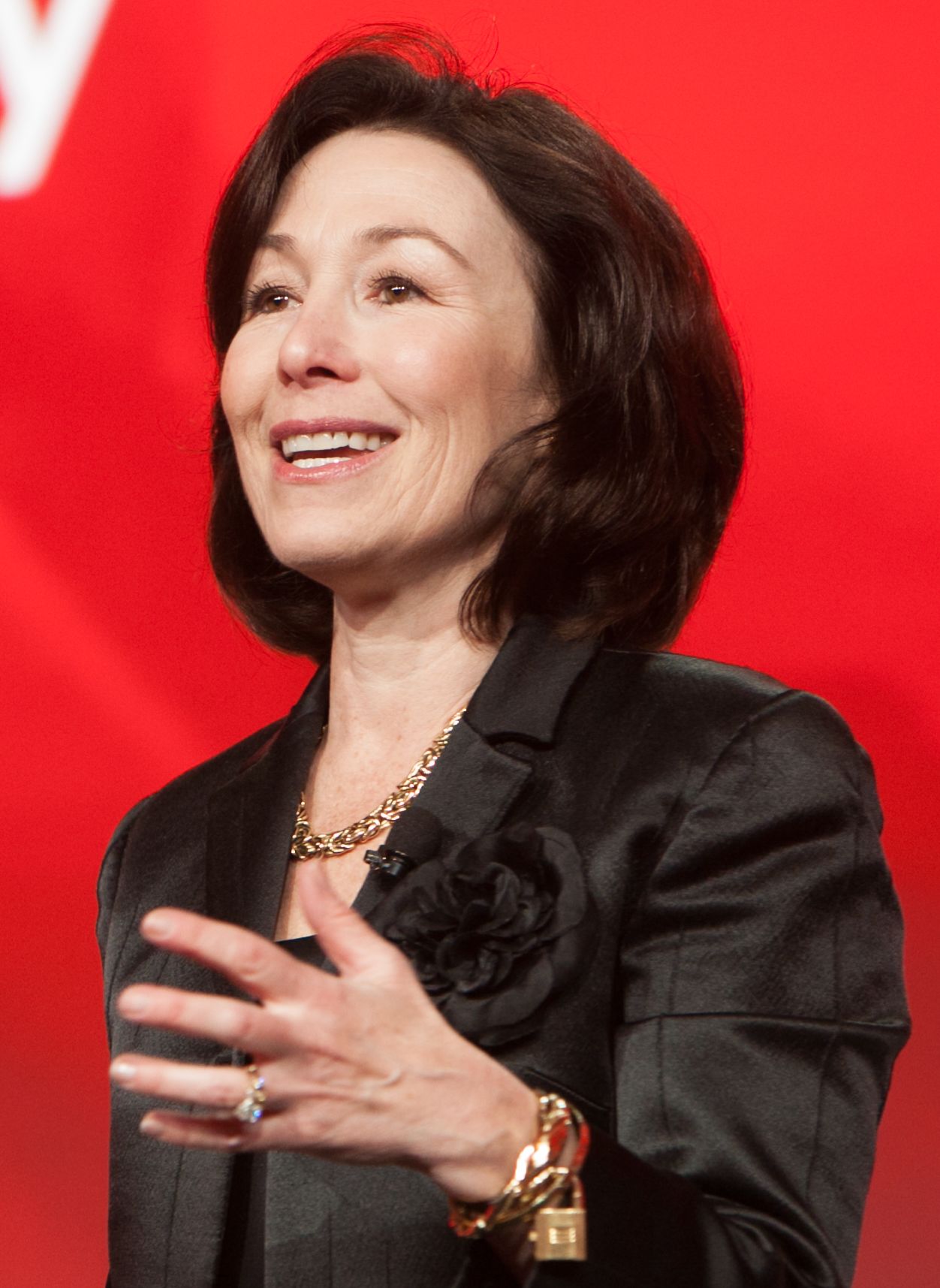
Photo by Oracle PR/ Hartmann Studios
Photo by Oracle PR/ Hartmann Studios
WHERE ARE WOMEN TODAY?
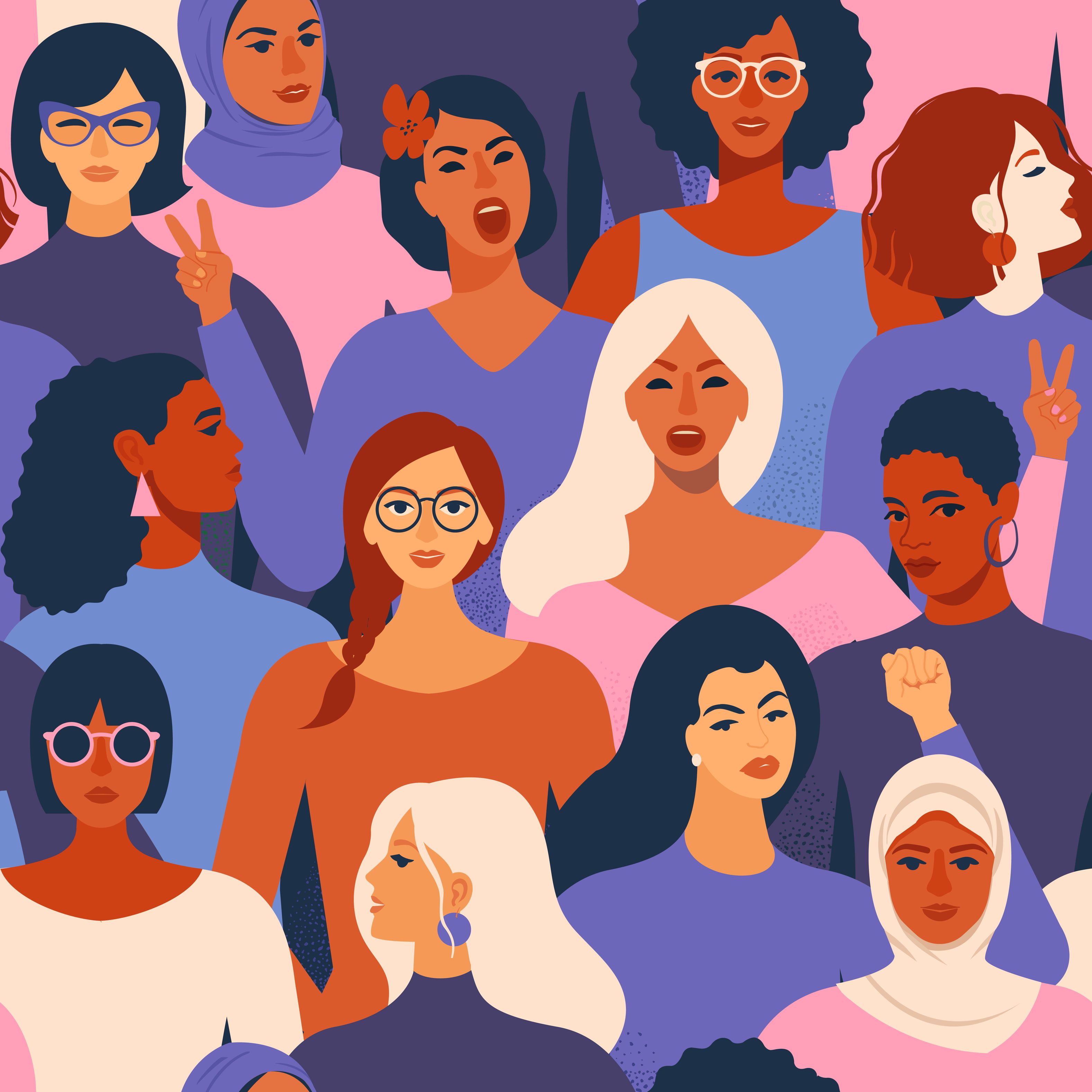
Women hold only 17% of the leadership positions in the 100 largest companies in the US

THE GREAT GAP IN WOMEN LEADERSHIP ACROSS INDUSTRIES
Across industries, there is a persistent absence of women from leadership positions.
The narrowing of the funnel as women move up the ladder is evident from the numbers. Despite holding a majority of the undergraduate and graduate degrees, they lag in terms of representation in leadership positions.
In the legal profession, women constitute 45 percent of associates There is a sharp decline in women in the roles like partner ( 22.7 percent) and equity partners.(19 percent)
In medicine, women represent 40 percent of all physicians. however, only 16 percent of medical school deans are women.
In education, only 32 percent of full professors are women despite leading the number of Ph.D. students each year.[5]
WHY DOES THE INEQUALITY PERSIST?

LACK OF EQUAL SUPPORT
Lack of Formal Assessment:
Men are 19% more likely than women to receive formal assessment this helps them climb the corporate ladder quicker through the early recognition of their abilities and gives crucial insight to their supervisors and HR regarding their abilities.[6]
Lack of Formal Training:
Men are 13% more likely than women to receive formal training for leadership roles. Formal training helps candidates grow into leadership roles faster while also reassuring their superiors of their skill sets.
It reduces the possibility of errors and helps them achieve better results in leadership positions.[6]
Lack of Formal Mentorship:
Women are 12% less likely to receive formal mentorship from superiors.
This limits their ability to network and create professional relationships in their careers. It also hampers their growth by limiting their access to senior leadership and thereby having the opportunity to put forth their skills.[6]
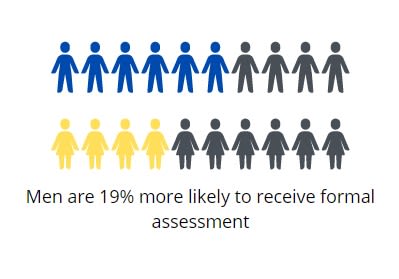

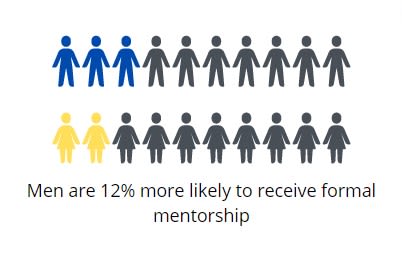
GENDER BIAS
There is not only a narrower pipeline for the progress of women but there is a leak in it.
Archaic perceptions of women such as "Women belong in the kitchen", "Women are emotional and volatile" have adversely affected women's presence in leadership roles.
This stagnation in lower roles also forces women to switch roles and firms making the climb to the top of the ladder tougher.
The lack of company policies to support women has further propelled this culture.[7]

WAGE GAP
Women are discriminated against by offering them lesser pay for the same job as men.
On average women earn 21% lesser salaries than men. This discrimination is more start against women of color and mothers.
The pay parity varies with different positions and roles.
Besides gender bias, the difference in work experience due to gap years dedicated to raising children, as well as working fewer hours to accommodate for child care also leads to lower pay.
WHAT CAN I DO?
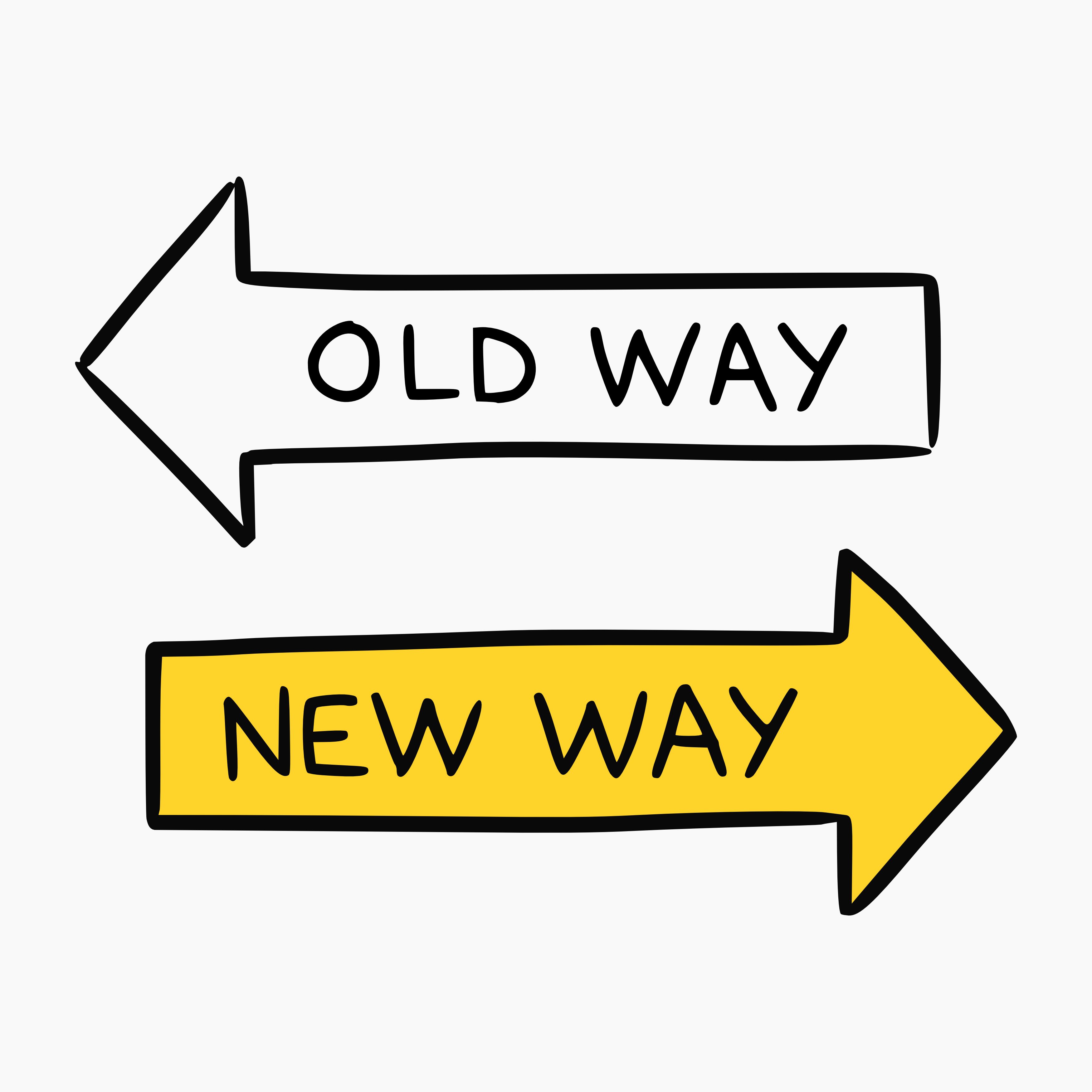
"1 in 4 Americans think it is more likely that humans will colonize on Mars than that half of Fortune 500 CEOs will be women."
- The Rockefeller Foundation[8]

At the current rate, it will take us 130 years to achieve gender equality in the workplace.
It is important proactive steps are taken to increase women's representation at the highest levels of organizations.
As a start-up these are some of the steps you can take:
- Create a culture of inclusion and equity.
- Implement a blind screening process for potential candidates.
- Ensure a minimum gender representation for all positions.
As a large scale firm these are some of the steps you can take:
- Pay workers wages as per the market rate and not their previous salary
- Set up a women mentorship program
- Use your CSR budget to fund women entrepreneurs

Citations :
[1]Kamala Harris. (2022, February 28). Retrieved March 2, 2022, from https://en.wikipedia.org/wiki/Kamala_Harris
[2] Peoplepill.com. (n.d.). About Safra A. Catz: Israeli-American business executive (1961-): Biography, facts, career, life. Retrieved March 2, 2022, from https://peoplepill.com/people/safra-a-catz
[3] Kettler, S. (2021, November 12). Malala Yousafzai. Retrieved March 2, 2022, from https://www.biography.com/activist/malala-yousafzai
[4] Gail K. Boudreaux. (n.d.). Retrieved March 2, 2022, from https://www.ahip.org/people/gail-k-boudreaux
[5] Warner, J., Boesch, D., & Ellmann, N. (n.d.). [solved] step 1: Read leadership gap article be sure to read: Judith Warner. Retrieved March 2, 2022, from https://www.americanprogress.org/article/womens-leadership-gap-2/
[6]Smedley, M. (2021, June 9). Gender bias in leadership starts at Day One. DDI. Retrieved February 14, 2022, from https://www.ddiworld.com/blog/gender-bias-in-leadership
[7] Wallask, S. (n.d.). Leadership promotions for women still lag in 2020: ZoomInfo. Pipeline Blog. Retrieved February 14, 2022, from https://pipeline.zoominfo.com/recruiting/women-promotion-gap
[8] Women in leadership: Why it matters - rockefeller foundation. (n.d.). Retrieved March 3, 2022, from https://www.rockefellerfoundation.org/wp-content/uploads/Women-in-Leadership-Why-It-Matters.pdf

